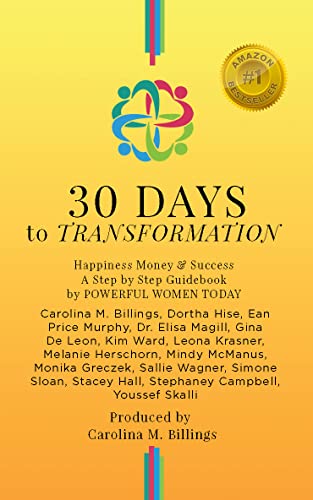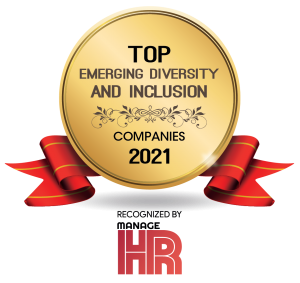 Everyone needs a personal brand. Taking control of your public image is no longer optional. The information age demands that we share an authentic image of ourselves, and failure to manage personal branding can lead to misinformation about you or your company. Here are five things to consider when optimizing your personal brand:
Everyone needs a personal brand. Taking control of your public image is no longer optional. The information age demands that we share an authentic image of ourselves, and failure to manage personal branding can lead to misinformation about you or your company. Here are five things to consider when optimizing your personal brand:
Define your brand
You’re in control of shaping your brand. Ideally, you want to define yourself publicly in a way that’s true to your real self.
Start with a personal mantra – a positive statement that motivates and inspires you to be your best self. My personal mantra, which I also use for my business, is “voice, power, and confidence.” This mantra manifests itself in my leadership style and the approach I take with clients.
Identifying your mantra requires a lot of self-reflection in order to identify strengths, areas to develop, and places where you get derailed. This process allows you to leverage, develop, or stop specific characteristics, skills, and/or behaviors.
Next, define your personal brand values. Think of your values as one of your personal brand’s foundational elements. It is paramount to get clear on what you believe, what drives your decision making, and how you choose to show up.
We all have stated values. These are the things we say we do and don’t believe. We also have aspirational values, or what we aspire to believe, and demonstrated values, which is how we actually show up. It’s useful to reflect on the ways you’re showing up with integrity to your personal brand even when no one is watching. This tells others what you truly believe.
Reality check your brand
Obtaining a reality check is essential for building or optimizing your personal brand. We all operate from a lens derived from our experiences and beliefs. Stepping outside of ourselves is required to get an objective sense of who we are. During this process, you take an inventory of your likes, character strengths, values, motivators, and the way you communicate who you are to others. These form the baseline of your personal brand.
The next step is to validate your judgments through feedback from others. This lets you see how close your self-assessment is to how others are experiencing you. Take the time to listen and receive constructive feedback about yourself. 360s are a popular workplace tool that provides valuable information for self-improvement. Ask for feedback from people in your life such as family, friends, and colleagues.
Personality assessment tools such as Myers Briggs, DISC, and Emotional Intelligence can provide additional information to gain a better understanding of both your drivers and triggers.
The more you know about yourself the better. The feedback you receive will help you discover gaps and other information crucial to forge a future vision for your brand.
Define your brand promise
Your personal brand promise is the expected experience others will have of you. Showing up consistently demonstrates to others that they can trust and rely on that promise. It takes commitment and consistency. My brand promise is that you will gain the tools you need to become more energized and mobilized to achieve your results.
If you promise to be prompt for meetings and in communication, then you should be on time for meetings and follow up with a meeting recap. Your brand promise is communicated both verbally and nonverbally, and you must be mindful of your nonverbal communication. Do you make eye contact? Are you more prone to frowns or smiles, interested nods or bored yawns?
Dress for success, even if you work from home. Your appearance creates your first impression and can set the stage for how others experience you.
Moving from brand planning to brand activation:
The key objective for you during brand activation is to be seen and heard consistently. You want to stand out in a positive way. Part of activation is crafting and communicating your value proposition, which conveys your value and the benefits of working with you.
Identify what makes you unique. I call this your superpower: the thing(s) you’re able to do that come easily. My superpowers are listening actively and reflectively.
Be bold with your brand or you may have difficulty escaping obscurity. The purpose of your brand is to engage, be relevant, and stay top-of-mind for your audience. As you activate your brand, you’ll find more opportunities to obtain feedback, learn, change, and build a stronger brand.
Refining your brand is not a finite, stagnant activity you engage in for a brief period every couple of years. Markets, people, and companies change. It is important to re-evaluate your brand frequently to stay current and known, After each client engagement, I survey them to obtain feedback. Then I evaluate the experience and ask how I can improve my service. Every six months I check in on my brand messaging, services, and my presence to ensure they are still relevant and aligned.
Build rapport with others.
Part of personal branding requires building a rapport. It allows you to develop a cross-promotion between your personal and professional life that will lead to opportunities from potential employers, employees, advocates, and customers.
Authenticity is key.
People are drawn to authenticity, and it’s not an easy thing to fake. Show your true authenticity through honesty and consistency.
Use your three C’s. Clarity, Consistency, and Constancy.
Ensure your message is clear and consistent across all mediums, and shared constantly.
You are the CEO of your personal brand. Determine your objectives and align your actions and communications to those objectives. Be creative and original while remaining clear and consistent. Own your narrative. Don’t be shy about promoting yourself – you need to remind people of your value. Your personal brand is working for you when others see and hear you.
Simone Sloan is the founder of Your Choice Coach, an executive coaching and diversity and inclusion consulting firm. She applies expertise in business strategy, executive coaching, and emotional intelligence to help organizations align activities with strategy and become more human to realize results. To learn how emotional intelligence can help your teams, leadership style, or business, contact Simone.
First published on Forbes.




